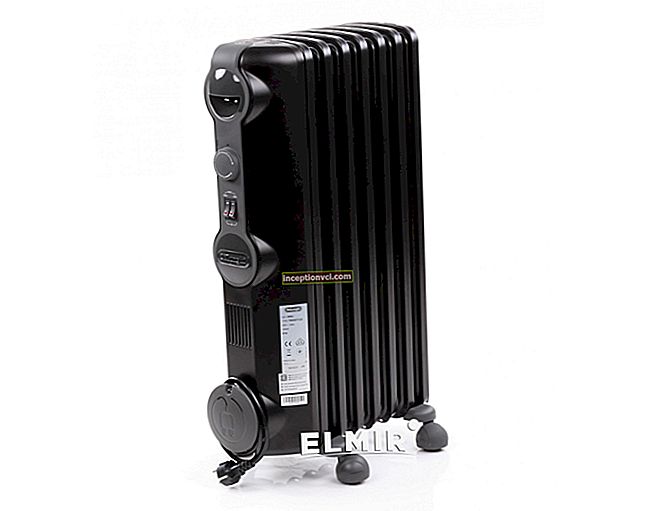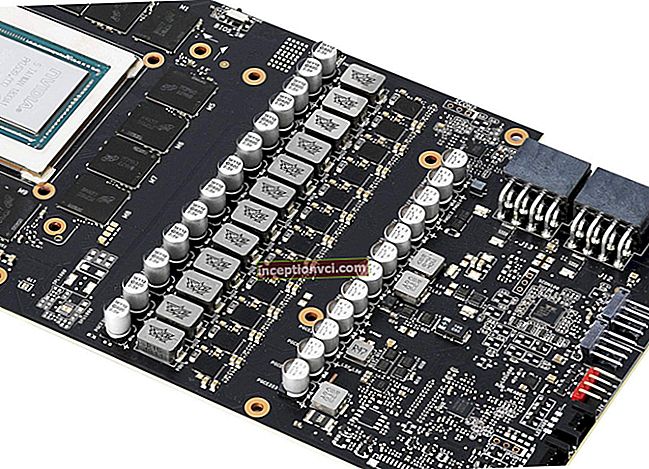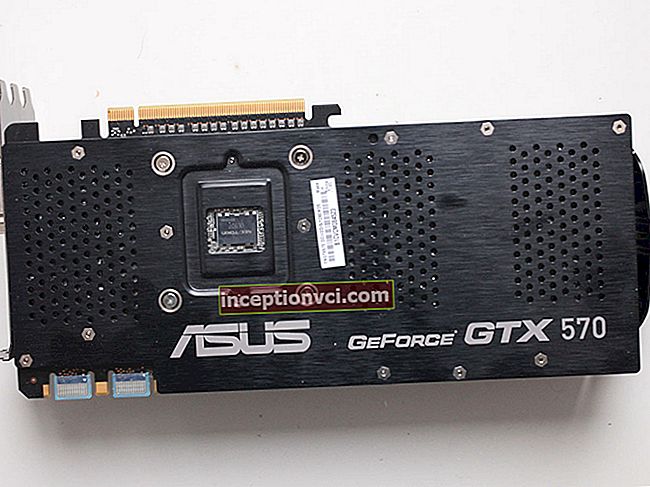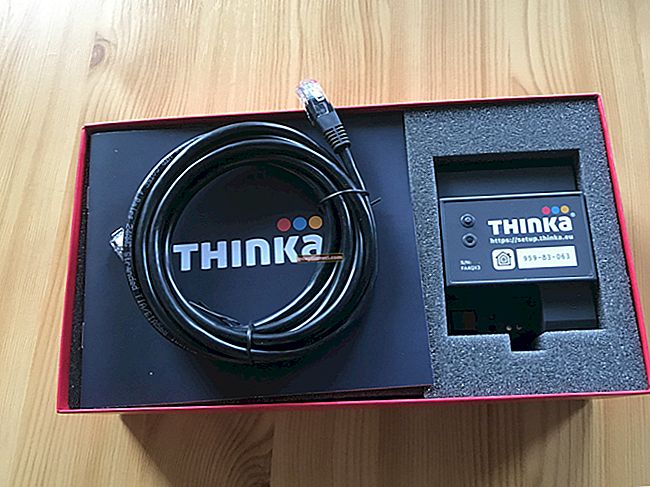Despite the significant relief in the execution units, the NVIDIA GeForce GTS 450 video card has very good overclocking capabilities. Asus engineers used the GeForce GTS 450 DirectCU TOP to maximize the overclocking potential, the key features of which are:
Some of the declared revolutionary capabilities of this graphics accelerator are quite overrated. Let's analyze all these innovations in the review and evaluate the performance gain during factory overclocking, as well as identify the remaining potential for a subsequent increase in the frequencies of the video card. Let's see how the performance of the Asus ENGTS450 DirectCU TOP / DI / 1GD5 video accelerator stands out from the competitors.

The specifications contain an increased frequency formula relative to the one recommended by NVIDIA. Asus engineers managed to raise the GPU frequencies without losing stability from the reference 783 MHz to 925 MHz. The memory frequencies were also increased by 98 MHz, thus the effective frequency of the accelerator memory chips became 4000 MHz, and this is already a significant bonus for the overall performance of the video accelerator. There are also three connectors for image output devices: DVI-I, HDMI, VGA. The reference sample has an equally diverse set of connectors: 2 DVI-I and 1 mini HDMI. In addition to a peculiar set of interface interfaces and significantly overstated frequencies, the video card is similar to similar solutions with the NVIDIA GeForce GTS 450 graphics processor.

The box has typical design solutions for the TOP series products from Asus. It reflects all the distinctive features of the ENGTS450 DirectCU TOP / DI / 1GD5. A big highlight is the fact that this GPU has factory overclocking to 925 MHz, the name of the ENGTS450 DirectCU model itself, as well as the use of DirectCU technology, a GeForce GTS 450 graphics chip, an installed amount of 1024 GDDR5 video memory and the possibility of "Play games with iPhone".

The reverse side of the box emphasizes two features already mentioned: Voltage Tweak technology, which allows you to overclock the GPU by 50%, and a cooling system made using DirectCU technology with increased efficiency. The upper right corner contains the logos of the supported technologies: NVIDIA 3DVision, NVIDIA SLI, NVIDIA PhysX. Also a brief technical specification in 11 languages and minimum system requirements.
The package bundle of the Asus ENGTS450 DirectCU TOP can be called more than modest, but given the presence of an impressive number of connectors on the interface panel for the modern gaming world, such a kit will be quite enough.

All video cards of the TOP series from Asus have a top plastic cover (casing) that covers the cooling system, which is similar in style. The sophisticated aerodynamic design only emphasizes the cooling efficiency. The black casing, with a black fan mount and green stripes that stand out against a black background, is slightly larger than the video card's PCB itself. The central part of the fan and the casing bears the “ASUS” inscription.

The graphics accelerator Asus GeForce GTS 450 DirectCU TOP is slightly longer than its dimensions with the reference sample, but even this size of the video card does not interfere with installation in any average case. The connector for an additional 6-pin power supply is placed perpendicular to the board by the manufacturer, which makes it easier to install the video card into the case and simplifies the connection of power to it. The video accelerator received only one SLI port.This facilitates the integration of up to two similar GPUs into one subsystem.

The dual-slot design of the cooling system on the back of the card accommodates three display connectors, namely DVI, VGA and HDMI. The second slot is completely occupied by a large grill for exhausting heated air from the case.

The reverse side of the PCB has empty slots for two memory chips. Exactly the same two unsoldered areas for memory and on the top side of the board. You can come to the conclusion about the development in the bowels of Asus of an improved video accelerator for a full-fledged GPU GF106. Special attention should be paid to two tantalum capacitors, which improve the power supply circuit of the card, which results in lowering the temperature of the graphics core and a subsequent improvement in overclocking performance, in comparison with the solution of the standard element base of the reference GeForce GTS 450. uP6206 four-phase power controller.

Powering the GPU in four phases makes it possible to talk about 4 + 1 phase GPU power. Four controllable GPU phases and one non-controllable phase per memory chips.

A feature of the front side of the printed circuit board is a fairly capacious radiator, which is adjacent to the transistors of the GPU power supply circuit. Such an addition to cooling will not be superfluous, given the high power consumption of the overclocked ENGTS450 DirectCU TOP / DI / 1GD5 GPU. There are also only 4 memory chips out of 6 boards provided by the textolite and, of course, the GF106-250-KA-A1 graphics processor itself.

GPU GeForce GTS 450 has a 40 nm process technology and the engineering name of GPU GF106 (Fermi). The sample for the GeForce GTS 450 received 192 unified shader processors and 16 ROP units. Data exchange between the graphics core and memory occurs via a 128-bit memory bus. Thanks to the factory overclocking, the GPU reaches 925 MHz and the unified shader processor clocks up to 1850 MHz.

In the absence of loads (work with office and 2D applications), the core frequency slows down to 51 MHz and the video memory drops to 135 MHz (540 MHz effective frequency). The supply voltage is reduced and the fan speed is reduced by up to 30%, which significantly reduces power consumption and noise. The 1 GB video memory is based on 8 SAMSUNG K4G10325FE-HC05 GDDR5 chips, the nominal operating frequency of which is 4000 MHz. The factory overclocked video memory chips provided them with a nominal resulting operating frequency. Such factory overclocking casts doubt on the possibility of further increasing the memory frequency, but the real capabilities of the memory chips installed here can be found only with a general overclocking of the video accelerator.
Equipping the video card with a special cooling system, which was developed by Asus using DirectCU technology, provides 20% better cooling efficiency and 35% quieter operation than the reference sample. The presence of one sufficiently large and high-speed fan, fixed on a black plastic casing under which a massive aluminum heatsink with two copper pipes is hidden, is quite enough to transfer heat from the graphics core, which directly contacts two thick 8 mm heat pipes passing through the entire package of plates radiator. The aluminum base of the cooler is equipped with special “tight-fitting” grooves, in which copper tubes are laid, the cavities of which are filled with solder. Such a design of the heatsink is quite effective and relatively inexpensive to manufacture and can withstand even high overclocking of the GeForce GTS 450 GPU. at the top of the PCB board. This can generally reduce memory overclocking potential.
When evaluating the efficiency of the cooling system, the Futuremark utility was used, and detailed monitoring was carried out using MSI Afterburner 2.1.0 Beta 3 and GPU-Z.

When operating at standard frequencies and controlling the turbine rotation speed automatically, the GP warmed up to a temperature of 77 ° C. The cooler rotated speed was 3390 rpm, which is 61% of the maximum value. The fan noise is rated “above average”. This result indicates a sufficiently high efficiency of the cooling system. In the manual mode of setting the maximum fan speed to 4260 rpm, the noise became really noticeable, but the temperature of the GPU changed by only a couple of degrees. The cooling system is very effective, even with such a factory overclocked video accelerator, but it cannot be called quiet.
Comparison with other video cards:
GeForce GTS 450 1GB DDR5 GIGABYTE OC
GeForce GTS 450 1GB DDR5 MSI Cyclone
GeForce GTS 450 1GB DDR5 Palit Sonic


GPU power consumption is often one of the selection criteria, especially when it comes to "upgrade". Not everyone will be happy to buy together with a video card and a power supply. Asus ENGTS450 DirectCU TOP / DI / 1GD5 provided significant energy consumption in manual overclocking mode at maximum load - 310 W, therefore, sufficient power can be provided by such a 550 W power supply ... Based on this, the ENGTS450 DirectCU TOP / DI / 1GD5 is not as attractive as all other video accelerators with similar or lower performance, which fit within the 250 W range (i.e. 20 A per 12 V line).
[15]: /tgx/0/4e/fd7030c08d9be34ffc73de38991d8.png
[16]: /tgx/4/a5/7d27d8af329430fe8fd5139a90bea.png









